Creating an ADA Compliant Bedroom is not just about adhering to regulations; it’s about ensuring comfort, safety, and independence for individuals with disabilities. As experts in adaptive living aids, we understand the unique challenges that come with designing a space that meets ADA standards.
We’ve spent years researching and implementing the best ideas for ADA Compliant Bedrooms, and we’re here to share our insights with you. In this article, we’ll explore five expert-approved ideas for an ADA Compliant Bedroom, from the size and space considerations to the selection of bedroom accessories. Whether you’re designing a new space or modifying an existing one, these tips will help you create a bedroom that is not only compliant but also comfortable and functional.
Since then, they have revised the ADA Standards several times, particularly in 2004 and 2010, with technical changes that affect many facilities constructed or altered since it enacted the ADA in 1990. ADA compliance is substantial because it provides opportunities for people with disabilities to live independently, reduce social isolation, secure employment, and access healthcare services.
So having ADA Compliant Bedroom designs helps fulfill ADA standards that are dictated by law. The ADA standards require that 5% of all new dwelling units built be ADA accessible, which will offer independence for individuals with disabilities so they can enjoy their homes alongside their family and friends.
Having ADA Bedroom Requirements does not mean fully upgrading a home, nor would one need to change the house plan or the layout of rooms. It simply means adding specific capabilities like wider doorways, lowered light switches, no-step entries, wider hallways, etc. These features are necessary to provide people with disabilities a safe and comfortable way to access all dwelling unit areas. ADA Compliant bedroom designs are an essential tool for making the ADA requirements possible to be met.
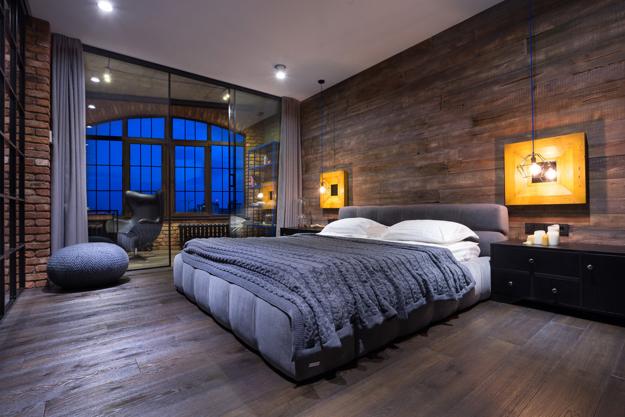
There can be specific ADA Compliant Bedroom design ideas that one can offer the best quality accommodations for those who have disabilities to live their lives more independently. ADA guidelines need not turn into a costly affair if homeowners or architects do proper planning to accomplish this ADA requirement. There are several ways one could achieve ADA Compliant Bedroom design ideas without spending too much on renovations, which might give you little or nothing in return. One should keep in mind that ADA standards apply, no matter what.
Size & Space
Wheelchair-accessible bedrooms can be any size, but the recommended dimensions are 5′ diameter for turning radii. This isn’t always possible due to space limitations and personal preferences (like how much open flooring you want). However, some design advice will maximize your ability to turn around in a smaller area by using good layout techniques like creating an L shape with one side longer than another— this allows more room when it comes down either end of their crooked rows!
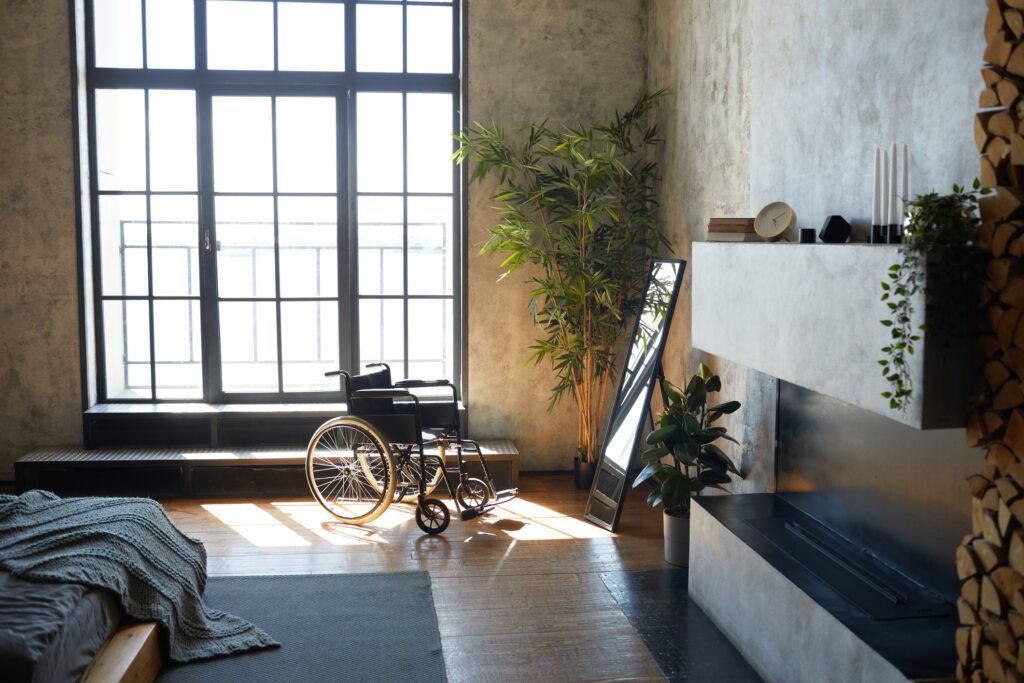
Doorways & Doors
Wheelchair users should ensure they have a door at least 32 inches wide and can enter through either their home’s front or back entrance. To accommodate these needs, effectively while also making it easy on yourself upon entering your bedroom without having too much trouble with accessibility requirements (such as replacing old locks), consider using one-handle increments so you’ll be able easily to open both sides simultaneously when needed!
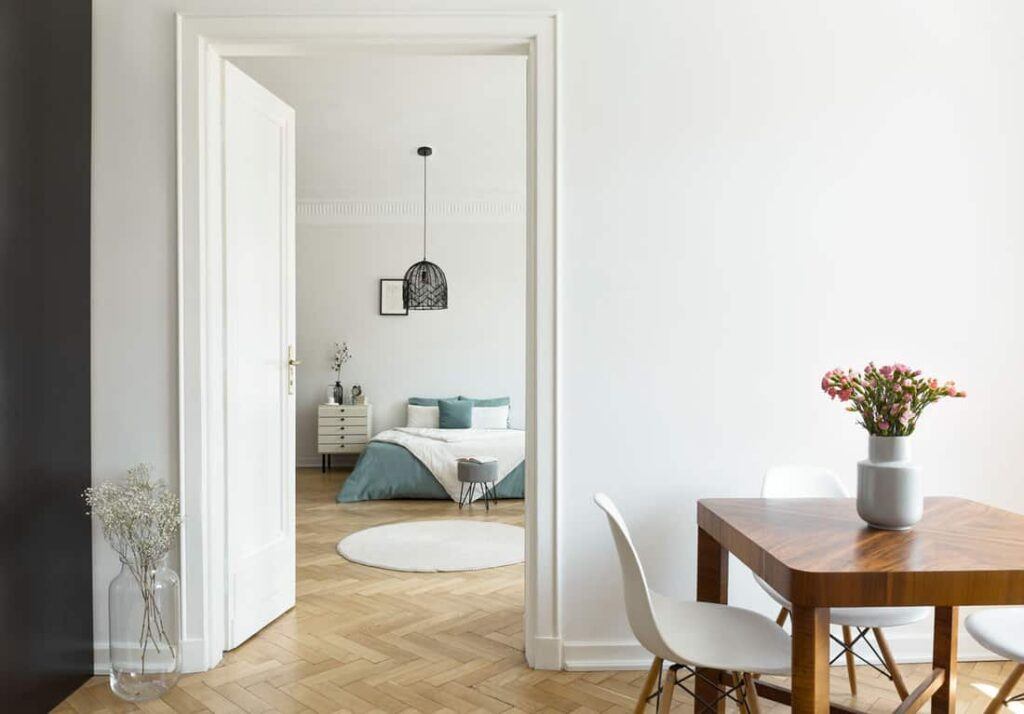
Closets
Wheelchair-accessible closets are essential in any bedroom design for those who use wheelchairs. The things you could include inside your closet might be a lower rod or pull-down rods, wider doors (consider pocket, barn-style), good lighting, and accessible shelving/storage to help make the room more functional.
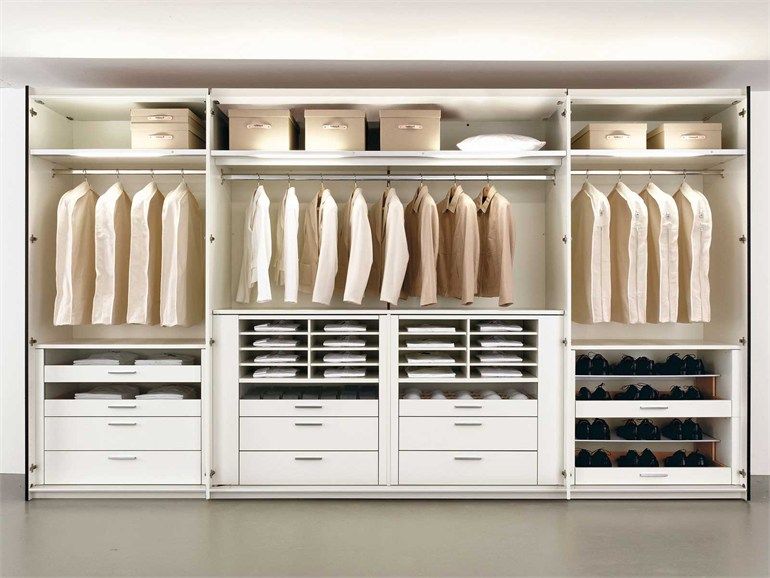
Flooring
It’s essential to have a smooth flooring material in your bedroom so that you can easily transition from sitting down, standing up, or lying on the ground. An excellent idea for wheelchair users is choosing wood, as it offers more stability than other choices like tile or laminate!
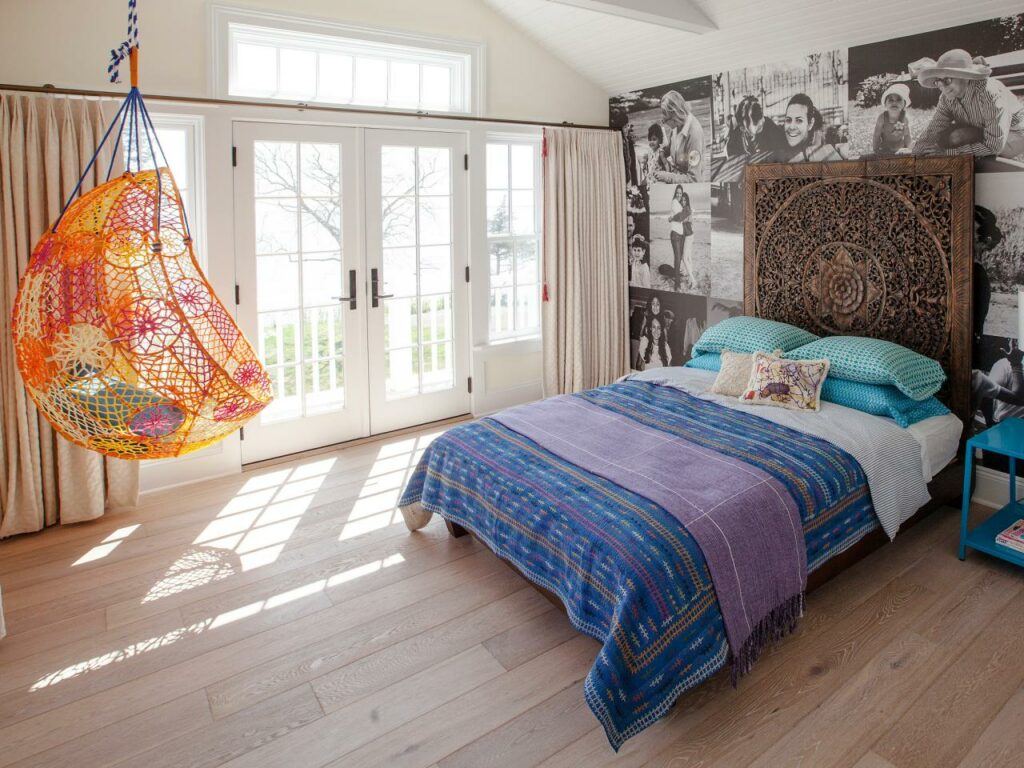
Bedroom Accessories
Your bedroom furniture and accessories should be chosen in part by how functional it is. While choosing, keep in mind that having access to things you regularly need within easy reach will make daily activities easier. Some ideas include lower shelves and cabbies to replace dressers. If you have a dresser, choose longer, not a taller one. Make sure all drawers are easily accessible and use easy to reach shelving.

What is ADA bedroom?
ADA means Americans with Disabilities Act. A room would then have some accommodations that make it easier for someone in a wheel chair, for example, to use. Some rooms have lower observation holes for seeing who is outside the room and lower switch plates on lights and such.
More ADA Articles Here
- Design Tips For An ADA Accessible Home
- What Does ADA Stand For?
- Best ADA Requirements For A Wheelchair Ramp
- Designed For A Better Life ADA Bathrooms
Conclusion
Designing an ADA Compliant Bedroom is a task that requires careful planning and consideration. However, with the right ideas and guidance, it’s entirely achievable. We hope that our expert-approved tips have provided you with valuable insights and practical solutions for creating a bedroom that meets ADA standards. Remember, an ADA Compliant Bedroom is more than just a regulatory requirement; it’s a space that enables individuals with disabilities to live more independently and comfortably. If you have any questions or need further assistance, don’t hesitate to reach out. We’re here to help you create a living space that is accessible, comfortable, and inclusive.
